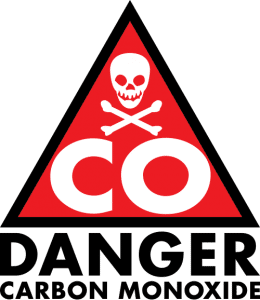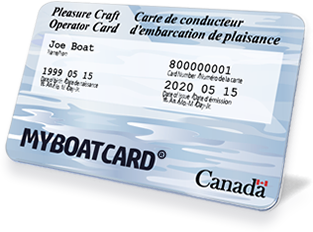Emergency: Carbon Monoxide Poisoning
 Carbon monoxide (CO) is a deadly gas that we can’t see, smell or taste.
Carbon monoxide (CO) is a deadly gas that we can’t see, smell or taste.
CO is produced from anything that burns a carbon-based fuel (gasoline, propane, charcoal, oil, etc.) such as engines, gas generators, cooking ranges, heaters. CO acts a lot like air. It doesn’t rise or fall but spreads evenly throughout an enclosed space.
Carbon monoxide is acutely toxic because it cripples the ability of the body’s blood to absorb and transfer oxygen to body cells, leading to asphyxiation or suffocation. Prolonged exposure to low concentrations or very short exposure to high concentrations can lead to death.
Carbon monoxide poisoning should be taken very seriously.
Do not confuse these symptoms as signs of seasickness or intoxication:
- Headache;
- Nausea;
- Fatigue;
- Facial Redness;
- Irritated eyes;
- Shortness of breath; and
- Weakness or dizziness.
Help protect yourself and others from CO poisoning:
- Idle your engine only in well-ventilated areas. A tail wind can easily carry CO back on board;
- Only heat the cabin or cook when in a well-ventilated area;
- Make sure that cabin extensions and areas fitted with canvas tops are well-ventilated;
- Use only fuel-burning engines or appliances that are certified or designed for marine use and make sure they are only used in well-ventilated areas; and
- Use a marine-grade CO detector and check its batteries before every trip.

